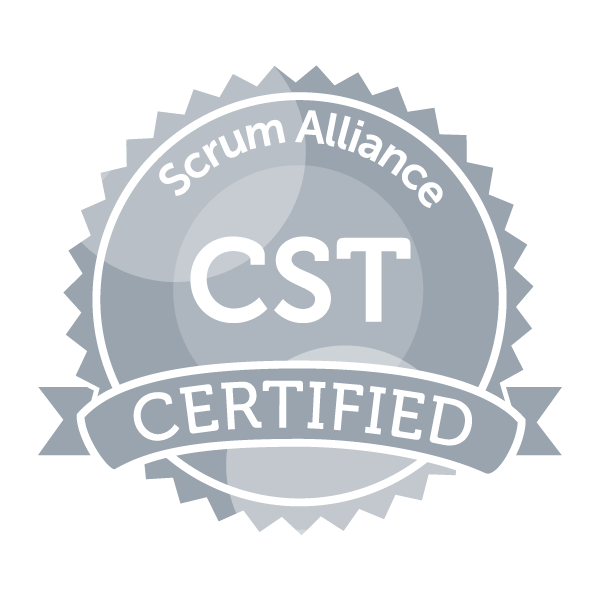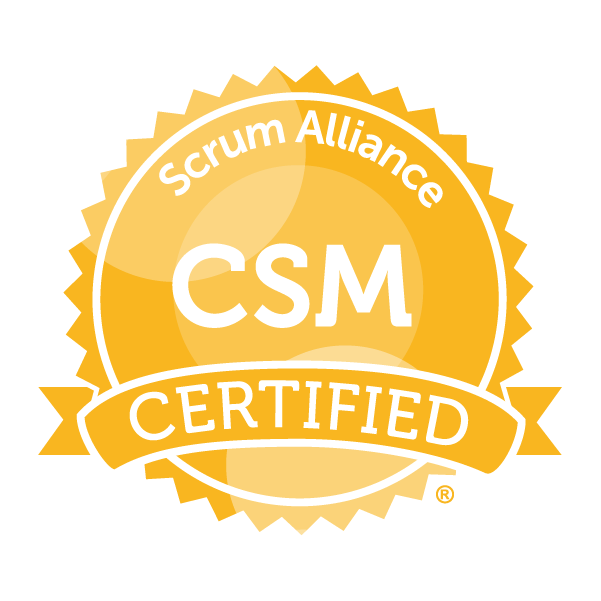|
A common scenario that arises in Scrum teams is a request for accommodating new items within an ongoing sprint. It may be the boss asking to include a new item/work/tasks or any other stakeholder making a similar request. The response to that request should consider the need for balancing the commitment to the Sprint Goal, maintaining focus, and upholding the principles of continuous improvement. In a general sense, it's important for the team to balance the need for flexibility with the need to maintain the integrity of the sprint.
According to the principles outlined in the Scrum Guide, if your boss comes to the team and asks to add a new item to the sprint, the team should consider the following:
Deal with the change and don’t forget to talk about it at the retrospective meeting: In the dynamic world of Product Development, the ability to navigate unexpected changes is important. As you face and conquer these challenges, remember the significance of the retrospective meeting. After the sprint concludes, take the time to collectively discuss the events that transpired. Was the introduction of the new item an exceptional occurrence? If so, explore how the team handled it and whether there are ways to manage similar situations more effectively in the future. On the other hand, if this situation isn't an exception and there's a likelihood of it occurring again, consider implementing a plan. Could your sprint planning process incorporate a contingency for such events? Should there be a dedicated triage team within the Scrum team for frequent production issues that demand immediate attention? By addressing these questions in the retrospective, the team can further refine their strategies, fostering an environment of continuous improvement. Further Reading: The Scrum Guide 2020 The Importance of Sprint Goal in Scrum: Commitment, Focus, and Continuous Improvement
0 Comments
Let's address the common scenario of NOT being able to complete all the work within the sprint. This situation presents a valuable learning opportunity. During the retrospective, the Scrum Team should delve into why they couldn't finish all the planned tasks during the sprint. This discussion should yield ideas to prevent similar issues in future sprints. The fate of the unfinished items must be determined. Consulting the Product Owner is crucial here. It's highly likely that these items will roll over to the next Sprint, but they must be evaluated against the entirety of the Product Backlog. The final decision on their inclusion in the next Sprint rests with the product owner and the Product Owner may decide to put them back into the Product Backlog and reprioritize.
While extending the Sprint by another week might seem tempting, it's important to acknowledge the potential consequences. Prolonging the Sprint can disrupt its consistency and predictability, impacting the overall productivity achievable in a Sprint. Furthermore, it could compromise the Scrum Team's accountability. This would create a mindset that completing everything isn't crucial as the timeframe can always be extended—an approach that's best avoided. Now the other question: What do we do if our team finishes all our work before the end of the sprint? Whenever I'm faced with the question,"What do we do if our team finishes all our work before the sprint ends?" I often counter with, "Has that really ever happened?" The usual answer is a resounding "no." But if by some stroke of luck it does, my suggestion would be to quietly enjoy a well-deserved break without drawing too much attention. Before we explore other options, it's worth acknowledging the infrequent nature of this scenario. Much like stumbling upon a four-leaf clover, early work completion is a delightful surprise in the world of Scrum. More often than not, teams grapple with the opposite challenge – striving to accomplish tasks amidst tight timelines. So, how can a Scrum team make the most of this fortunate circumstance in a manner that aligns with the principles of Scrum framework? Here are some options to consider: 1. Collaborate with the Product Owner: The initial step is to engage in a conversation with the Product Owner. Discuss the possibility of bringing forward high-priority items from the product backlog. Maybe the Scrum team could bring in more product backlog items that enhances the Sprint Goal that they already met. 2. Enhance Quality: With additional time on hand, consider focusing on elevating the quality of the completed work. This can involve comprehensive testing, meticulous code reviews, and refining user experience elements. 3. Address Technical Debt: Utilize the extra time to work on technical debt – the accumulated compromises that might have been made during development. This could involve refactoring code, optimizing performance, and improving documentation. 4. Foster Innovation: Embrace the opportunity to explore innovative ideas or technologies that can contribute to the product's evolution. Experimentation can lead to breakthroughs that might not have been feasible during the standard sprint cycle. 5. Offer Cross-Team Support: If neighboring teams are facing challenges, extending a helping hand can foster a culture of collaboration. Assisting others not only promotes teamwork but also contributes to the overall project success. 6. Reflect and Refine: Dedicate time to introspection and process improvement. Evaluate the team's workflows, identify areas for enhancement, and devise strategies for more streamlined sprints. |
Manoj VadakkanArchives
September 2023
Scrum |
Copyright 2024 Northern Star Consulting, LLC
 RSS Feed
RSS Feed





